Welcome to our research report, Gender, Journalism, and Power: Role of Women in Francophone African Newsrooms. This study, conducted in Burkina Faso, Senegal, and Togo, is part of the Reporting Fellowship for Women Journalists in Francophone Africa Project. It explores the systemic and personal challenges faced by women journalists in the region, with a particular focus on their role in advancing gender-sensitive journalism.
Gender-sensitive reporting in these countries is often relegated to special occasions like International Women’s Day. Survey data shows that 63% of respondents report their newsrooms publish reports on gender issues less than five times a month. Only a small minority, predominantly women-owned outlets, cover these topics more than 15 times a month. The absence of consistent coverage reflects a broader pattern where gender issues are sidelined in favor of politically and economically driven stories deemed more financially lucrative.
Adding to the challenge is the absence of editorial policies that promote gender-sensitive representation. Togo leads marginally with 35.2% of newsrooms having such guidelines, followed by Burkina Faso at 31.5%, and Senegal at just 23.1%. Without these policies, women journalists face structural, economic, and socio-cultural barriers that limit their ability to influence narratives.
Through comprehensive surveys and focus group discussions, the report reveals pervasive gender inequities in newsrooms, calling for transformative action to create a more inclusive media landscape.
Key Findings
- Underrepresentation of Women: While women journalists form the majority of respondents (Senegal: 69.4%, Togo: 61%, Burkina Faso: 57.6%), they remain significantly underrepresented in leadership roles and decision-making positions.
- Barriers to Gender-Sensitive Journalism:
- Structural Barriers: A lack of editorial guidelines undermines gender representation. For instance, 75% of respondents in Senegal, 67.4% in Burkina Faso, and 63.4% in Togo reported the absence of such policies.
- Economic Pressures: Wage disparities, insufficient funding, and reliance on advertisers push media outlets to prioritize commercially viable content over gender-sensitive stories. Women journalists also face limited access to training and technology.
- Socio-Cultural Norms: Patriarchal norms and caregiving responsibilities disproportionately hinder women’s participation and progression. Additionally, a lack of support from male colleagues and management further marginalizes their contributions.
-
Gender and Media Content: Despite 62.4% of newsrooms featuring sections on gender, content production remains infrequent. For instance, 60% of Senegalese newsrooms produce gender-related content fewer than five times a month, with similar figures in Togo (64.3%) and modestly higher production in Burkina Faso (29% produce content between five and ten times a month). Explore the survey findings in the following reports:
-
Togo Fact Sheet: English version | French version
-
Burkina Faso Fact Sheet: English version | French version
- Senegal Fact Sheet: English version | French version
Recommendations
- Adopt Gender Equity Frameworks: Media organizations must establish clear policies for gender-sensitive reporting, mentorship, and leadership development to ensure equitable representation.
- Strengthen Accountability: Implement metrics and audits to monitor gender representation and evaluate the impact of implemented policies.
- Foster Collaborative Partnerships: Encourage collaboration between journalists, civil society, and government bodies to challenge stereotypes and build supportive networks.
- Provide Targeted Training: Develop programs that enhance professional and leadership skills, increasing visibility and influence for women journalists.
- Enforce Policy Reforms: Governments and media regulators should update press codes to promote inclusivity and address economic and cultural barriers faced by women in media.
- Conduct Ongoing Assessments: Establish longitudinal studies to evaluate and refine gender equity initiatives over time.
This report, done with the support of the ICFJ and the New Venture Fund, is a call to action for media organizations, policymakers, and society at large to address these disparities and empower women journalists to shape inclusive narratives.
Don’t forget to explore the accompanying country fact sheets for detailed insights into Burkina Faso, Senegal, and Togo
Discover the solutions and insights—read the full report here

